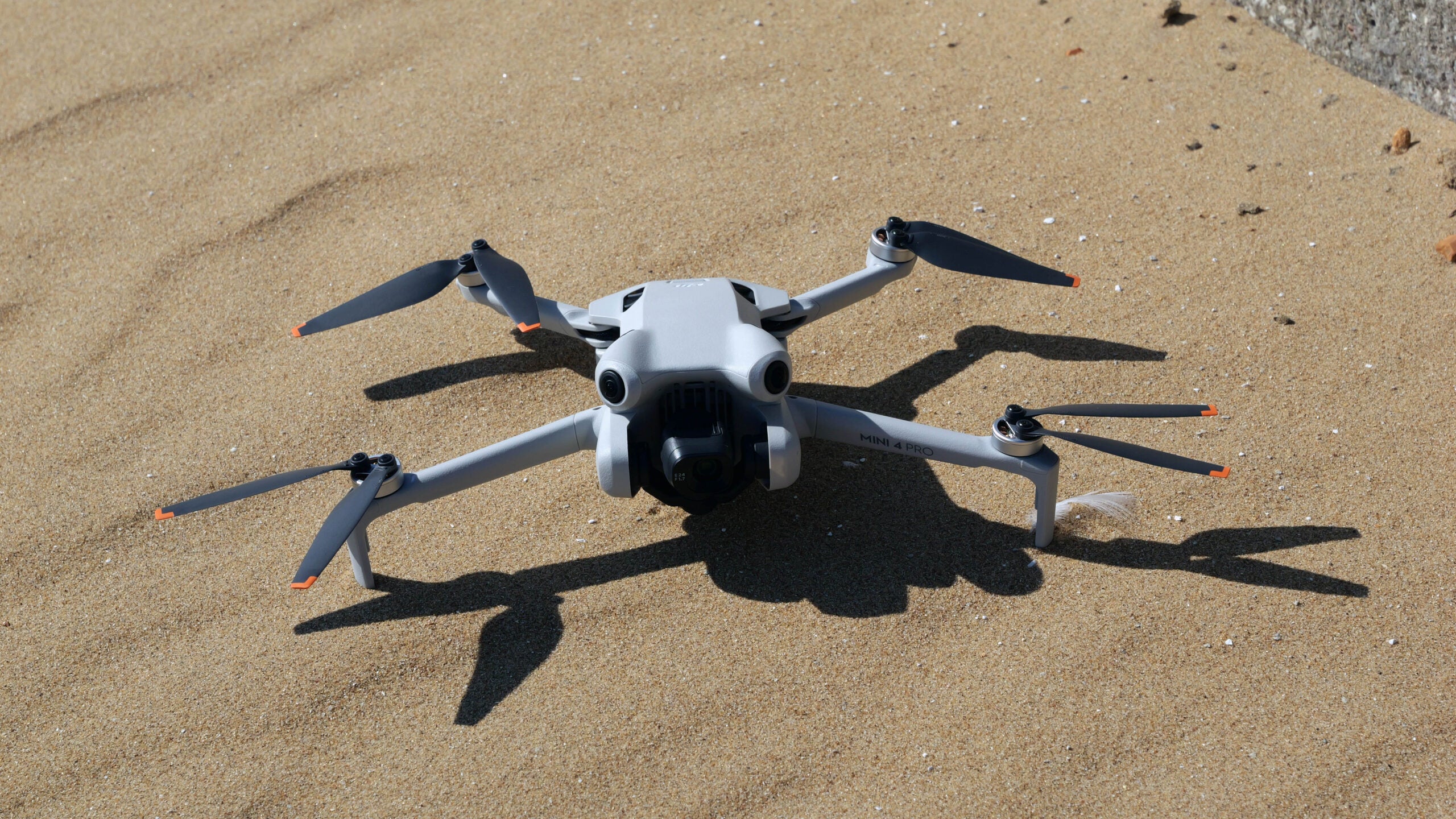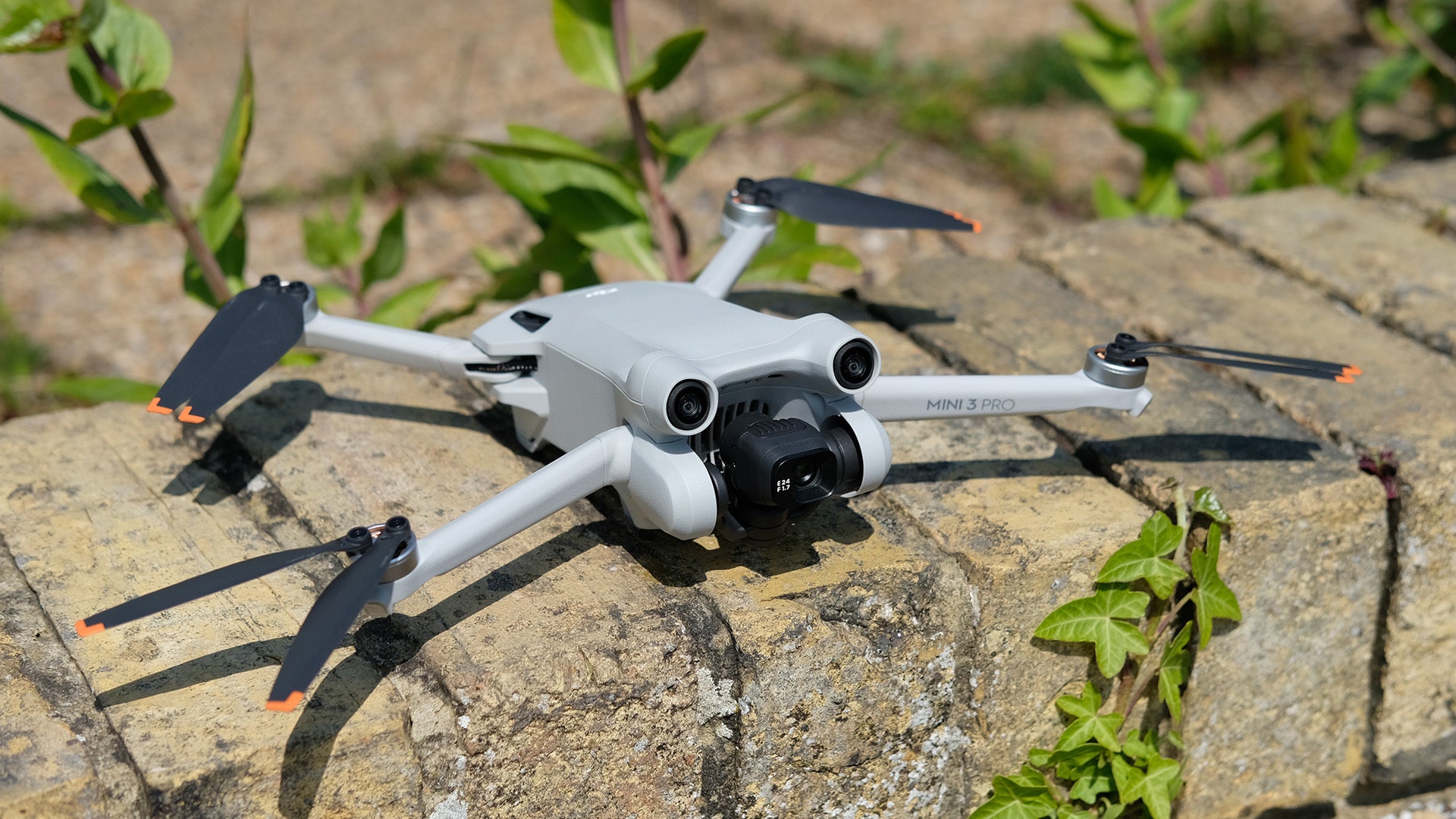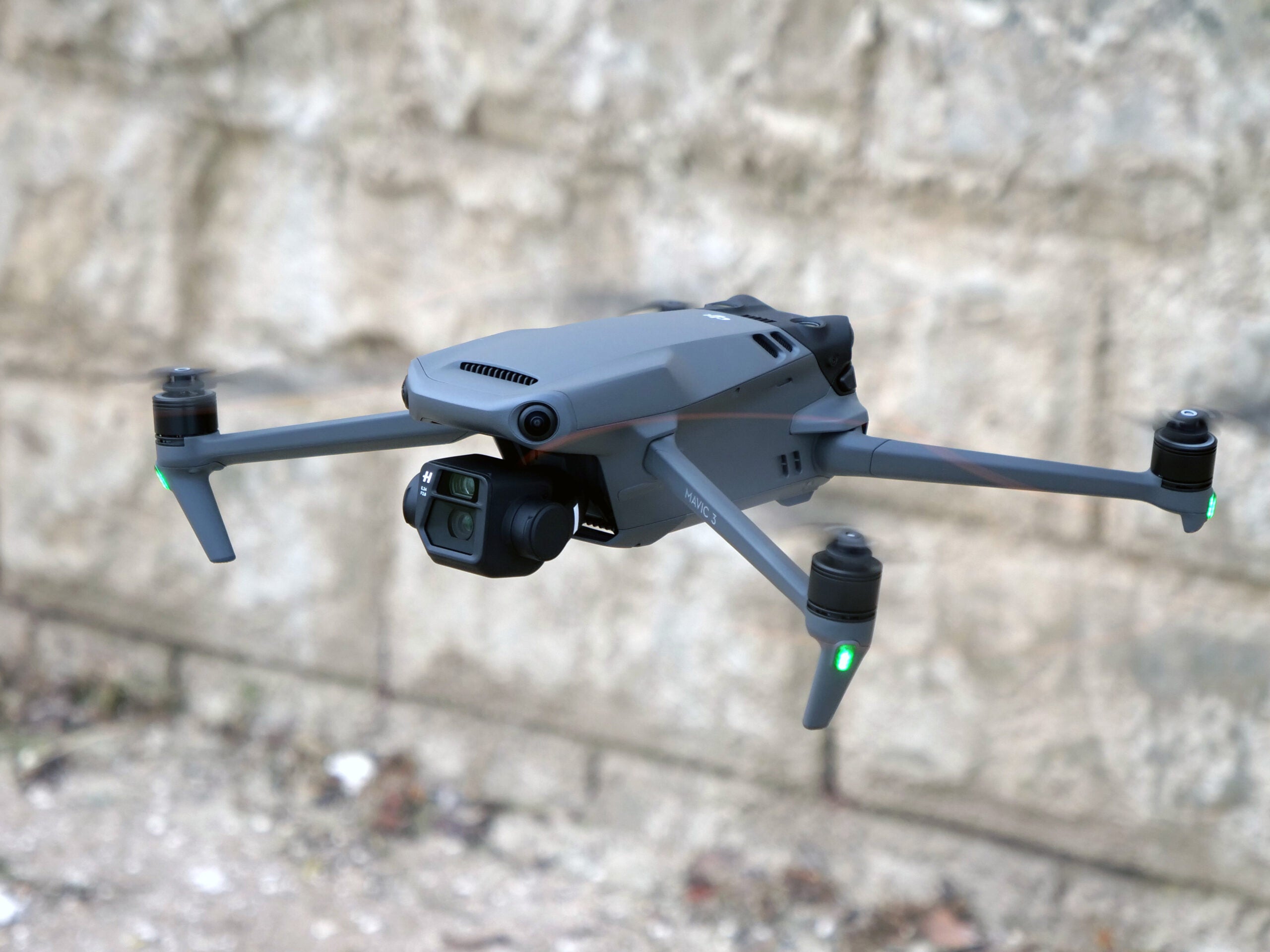DJI Mini 3 Review
DJI's latest small drone is a winner
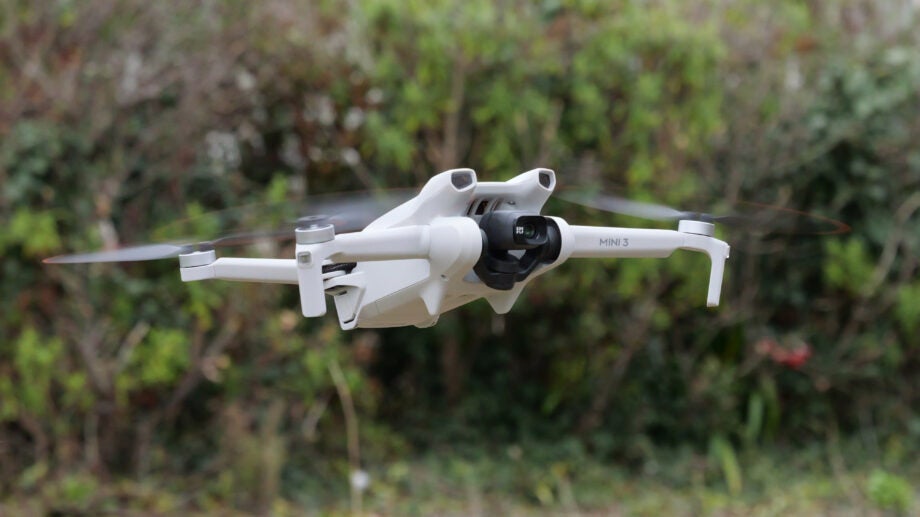

Verdict
While not as well-equipped as its pricier Pro cousin, the Mini 3 is an excellent entry-level drone that delivers a lot for its low price. It’s easy to fly, pocket-sized, has incredible battery life and its camera performs better than anything else in this price range. Another brilliant drone from DJI.
Pros
- Great value as an entry-level drone
- Stunning overall video and image quality
- Lightweight and portable design
Cons
- Can’t quite match the DJI Mini 3 Pro for preformance
- Photos lose quality when cropping
- No Active Track
Availability
- UKRRP: £439
- USARRP: $469
Key Features
- Long battery life:Up to 38-minute flight time on a full charge
- Light and compact:Sub-250g weight means it can be flown almost anywhere
- 4K video capture:Gimbal-stabilised camera for 12-megapixel photos and 4K/24p video
Introduction
2022’s DJI Mini 3 Pro was pretty much the perfect compact drone, delivering strong camera performance alongside a solid battery life, excellent obstacle avoidance and a sub-250g weight that meant it flew free of the stringent restrictions placed on larger models. If it had a weakness, it was perhaps that it was priced just out of reach for the entry-level consumer – someone who might be curious about drones and aerial photography, but not curious enough to spend over £700 on their first quadcopter.
Enter the new DJI Mini 3, a decided non-Pro variant of its predecessor with a few features missing or pared back but much of the same advantages – plus a significantly more affordable asking price of £519. Could it be the ideal drone for a first-time flier?
Pricing
There are several editions of this drone to choose from, all priced differently:
- £439 with no controller
- £519 with DJI RC-N1 controller
- £669 with DJI RC controller
- £678 for Fly More Combo (DJI RC-N1, two additional batteries, charging hub, shoulder bag and spare propellers)
- £828 for Fly More Combo (DJI RC, two additional batteries, charging hub, shoulder bag and spare propellers)
Design and Build Quality
- Folded size of 148 x 90 x 62mm
- Key flight weight of 249g
- USB-C port and microSD card slot
The Mini 3 looks almost identical to the Mini 3 Pro and is virtually the same size and weight as its premium predecessor. When folded, the Mini 3 is just 148 x 90 x 62mm – small enough to fit into a coat pocket – and its sub-249g weight barely registers when being carried.
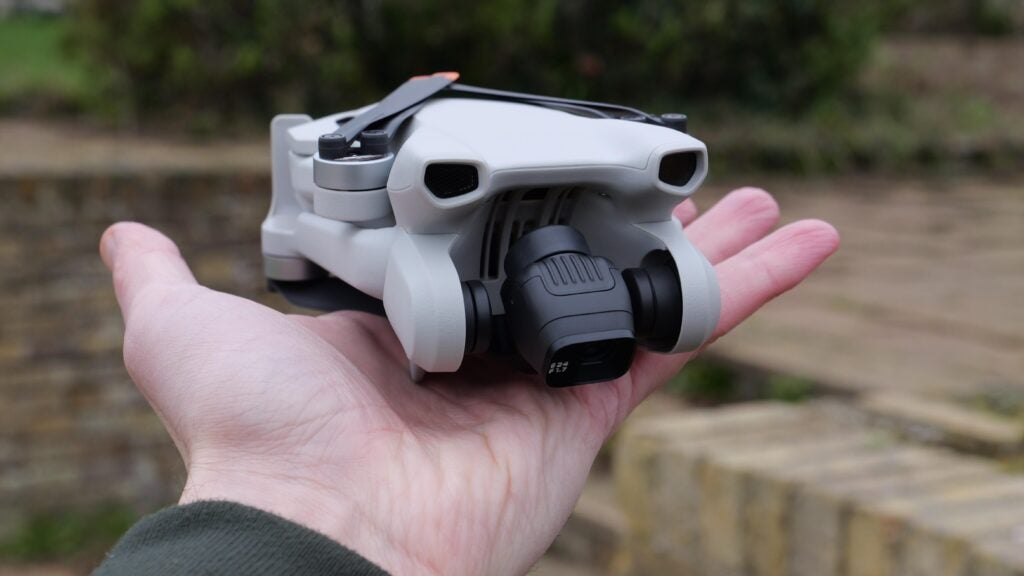
That weight is a key part of its appeal, and not just for portability reasons. It also means that, under UK law, it falls into a category of drone that can be flown in public places and within 50m of (and above groups of) “unaware” people. Any drone over 250g is subject to heavy restrictions in this regard, so owners of the Mini 3 can fly in a lot of spots other drone users won’t be able to go.
The drone is made of thin plastic and, while it’s well-constructed, you’ll need to treat it with some care when carrying it around. DJI supplies a pop-on cover to keep the rather delicate camera and gimbal mechanism protected, and the Fly More Combo package also includes a well-appointed shoulder bag with padded sections for the drone, its controller, extra batteries and other accessories.
The Mini 3 has a USB-C port and microSD slot (supporting cards up to 256GB) on the back to handle charging, file transfer and storage. Underneath these sits the removeable rechargeable battery, which indicates its remaining capacity via four green lights.
There are two controllers available for the Mini 3: the DJI RC-N1 (a cheaper option which connects to your smartphone via a cable) and the DJI RC (which has its own software and 5.5-inch touchscreen built-in). Having used both, I found the RC to be less fiddly and a major quality-of-life upgrade over the RC-N1 as it requires no fumbling with cables and leaves your phone free for, er, regular phone stuff, but if you’re operating on a tight budget then the RC-N1 does the job absolutely fine.
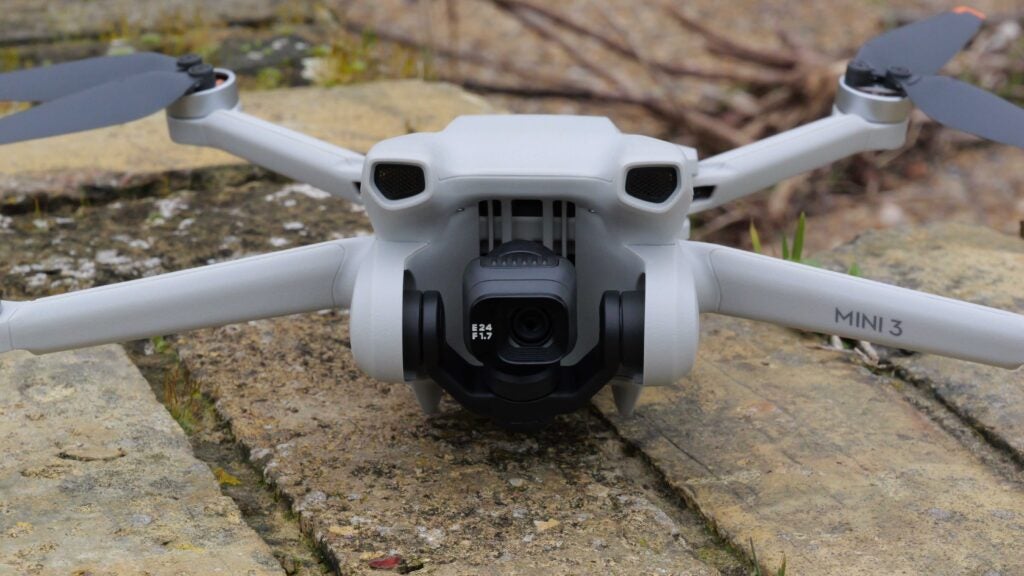
Flight performance
- Up to 38 minutes of flight time per battery
- No front or rear obstacle avoidance
- No Active Track auto-follow mode
When I took the Mini 3 out for its maiden flight, the first major differences between it and the Mini 3 Pro became apparent. While the Pro has sensors facing the front and back to ensure the drone can “see” and avoid obstacles around it, here you get only downward-facing sensors to aid stability and landing. That means you have to be a little more careful when flying, as a high-speed collision with a tree, lamp post or wall can be pretty fatal for a lightweight drone like this.
Thankfully the Mini 3, like most DJI models, is beautifully responsive and easy to fly. There’s no perceptible delay between the twin-stick controls and the drone’s reactions, and the DJI O2 transmission (the 720p live feed between the drone camera and the controller’s screen) is clear and stable too – at least at normal control ranges. DJI claims the maximum control range is 6km in the UK, and while that might well be true in perfect conditions, it’s certainly illegal for a regular user to put that to the test (drone laws state you need to be in visual range of your drone at all times).
Flight speed is nippy at up to 16m/s in windless conditions, while wind resistance is surprisingly good for such a tiny, lightweight quadcopter at 10.7m/s (or 24mph). Flying it on the breezy English coast, I rarely found it to noticeably struggle against the wind, and it was happy to hover in place without being buffeted about.
One slight advantage it has over the Mini 3 Pro is battery life: up to 38 minutes of flight time on a full charge as opposed to the Mini 3 Pro’s 34 minutes. In reality you’ll be getting a little less with both drones, but I still found it to be excellent.
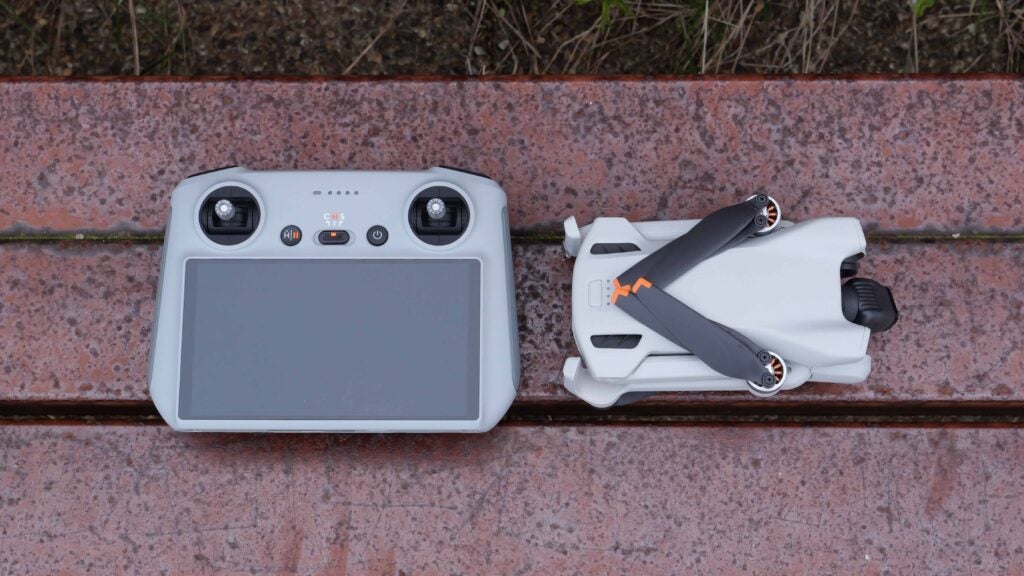
You also get DJI’s standard automatic take-off, landing and return-to-home options through the app and controller, as well as a handful of automated shot modes that take control of the drone for some creative manoeuvres. Unfortunately there’s none of the software-based Active Track tracking that DJI includes with the Mini 3 Pro and its bigger drones, so if you want to Mini 3 to follow and film you while you’re cycling, running or swimming, you’ll have to draft in an actual person to control it.
Camera performance
- 12-megapixel 1/1.3-inch CMOS sensor
- 4K HDR video recording
- No D-Log video option
The DJI Mini 3’s camera is certainly a downgrade from the Mini 3 Pro’s, but it isn’t at all disappointing for an entry-level drone. The two drones’ sensors are the same physical size, but while the Mini 3 Pro is able take 48-megapixel still photos and capture 4K video at up to 60fps, the Mini 3 is limited to 12-megapixel stills and its 4K clips can only be recorded at 24/25/30fps (it can record up to 60fps at 2.7K and Full HD resolutions, however).

I found photos to look decent at full resolution, with the ability to shoot RAW certainly welcome when it comes to unlocking more depth and dynamic range (the sample shots you see here were all captured in RAW DNG and tweaked in Lightroom). With that said, there’s some sharpness drop-off in the corners of images, and with only 12 megapixels to play with there’s very little scope for cropping in – something that wouldn’t be an issue when shooting with the Mini 3 Pro.
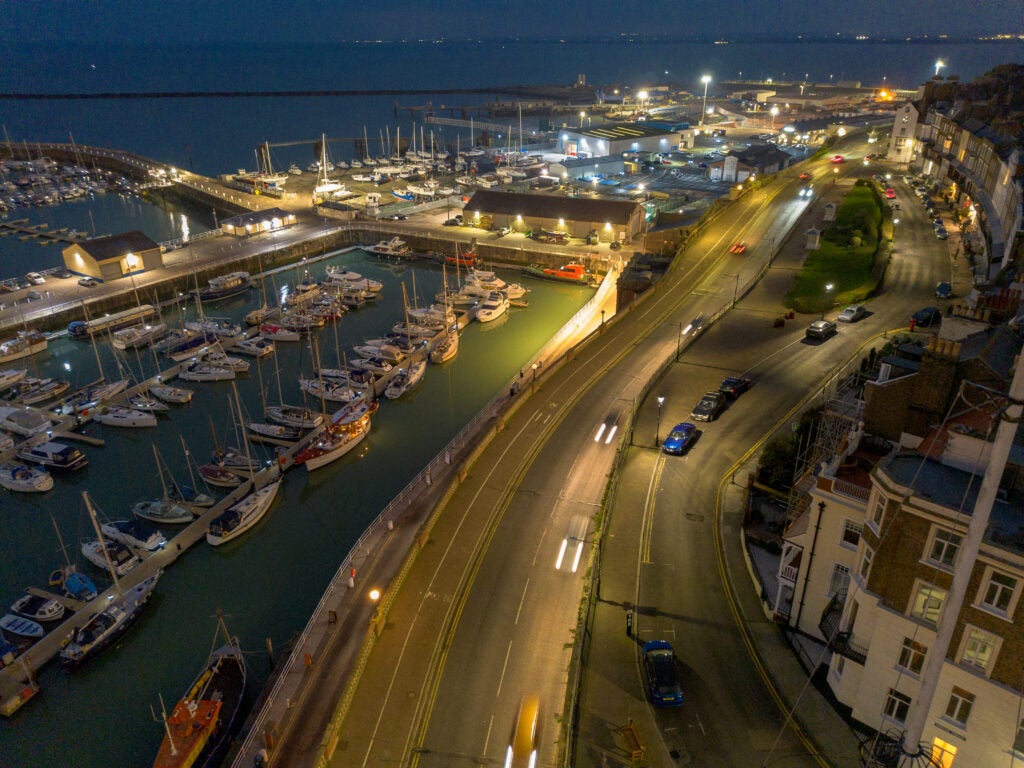
Video options are limited too – the Mini 3 can’t shoot using the H.265 codec or the flat D-Log or D-Cinelike profiles for easier colour grading, for instance – but that’s also to be expected on a budget model and, as with stills, the quality is impressive for the price. The 4K sample clips here are all straight out of the camera with no colour correction, and I think they’re great: sharp, detail-rich and quite clear for an overcast winter’s day. The ISO range of 100-3200 means you can also capture acceptable low-light footage at twilight and even at night (as long as there’s some ambient lighting in play).
Latest deals
Should you buy it?
You want the best budget drone: With its low price, light weight, good quality camera and excellent battery life the DJI Mini 3 is the ideal entry-level drone for first timers.
You want the best small drone: The Mini 3 Pro offers a lot more in terms of flight safety and camera capabilities; if you’re a little more demanding image quality-wise it’s worth the extra money.
Final Thoughts
Affordable drones have previously come with armfuls of caveats and weaknesses, most often terrible camera performance, dodgy flight capabilities and meagre battery life. None of these criticisms could be levelled at the DJI Mini 3, as its biggest drawback is that it isn’t quite as excellent as the (much pricier) Mini Pro 3.
As a camera reviewer and video enthusiast I’d personally plump for the Mini Pro 3 as my go-to small drone, down to its outstanding camera quality, but the Mini 3 offers almost as much for almost £200 less. If you’re taking your first steps into the world of camera drones, you couldn’t ask for a better introductory model than this.
How we test
We thoroughly test camera drones with hours of flight time, as well as capturing sample photos and videos. We’ll always tell you what we find and we never, ever accept money to review a product.
Test footage and sample shots taken
Battery fully tested
Flight safety features fully tested
Automated flight modes tested
FAQs
The DJI Mini 3 weighs just shy of 249 grams.
A drone permit is required to fly the DJI Mini 3 in the UK. You can find out more at the Civil Aviation Authority.
Full specs
Sustainability
Trusted Reviews’ holds the fact that global warming is not a myth as a core value and will continuously endeavour to help protect our planet from harm in its business practices.
As part of this mission, whenever we review a product we send the company a series of questions to help us gauge and make transparent the impact the device has on the environment.
We currently haven’t received answers to the questions on this product, but will update this page the moment we do. You can see a detailed breakdown of the questions we ask and why in our sustainability info page.


